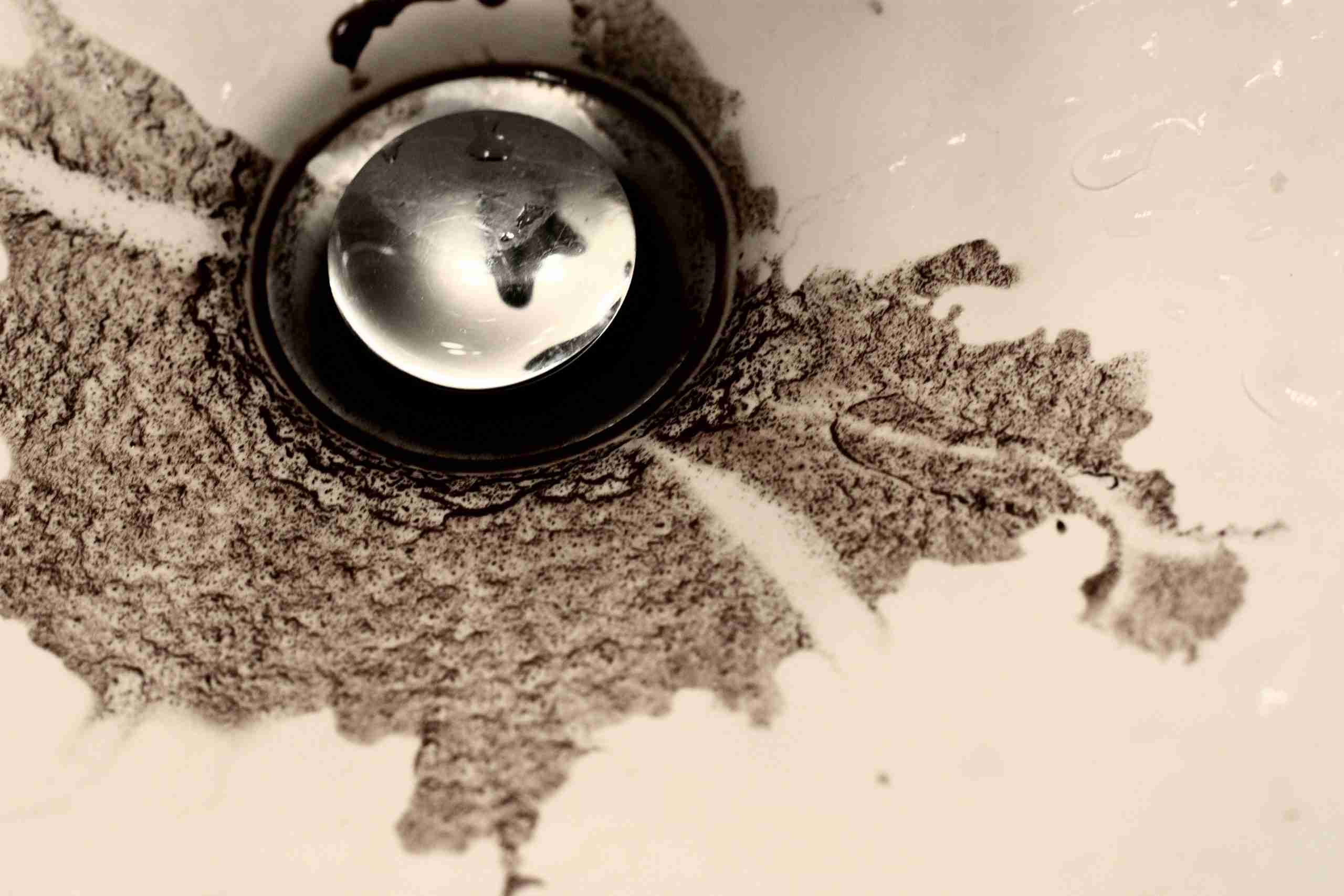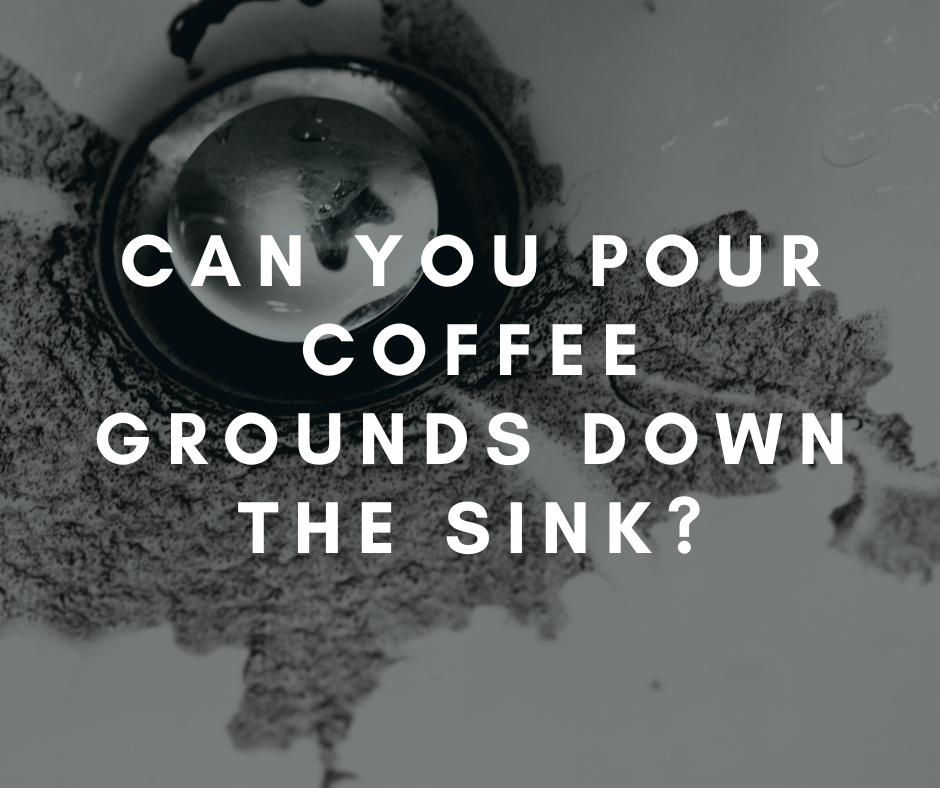
Have you ever brewed a cup of coffee and secretly poured your coffee grounds down the drain? Or maybe it was a lazy day and you didn’t want to have to deal with throwing the grounds into the trash.
We’ve all rinsed out some coffee grounds into the sink some time in our lives. I’m here to tell you that you should not do that! I’m going to go over what happens when you pour coffee grounds down the sink and why you should dispose of them another way.
If you’ve been pouring your coffee grounds into your sink, then you should read this article!
What happens to coffee grounds in the drain?
You may have heard the old tale that pouring your coffee grounds down the sink every day is “good” for your pipes. There is nothing farther from the truth.
Coffee grounds are one of the largest causes of clogged drains next to grease.
The reason coffee grounds can clog drains is that coffee grounds are usually very fine, especially if you brew espresso.
These fine particles cant stick to the grease and other materials that may be in your drain.
Over time the coffee grounds will build up layers of sludge almost like cement. The coffee will never break down because they are not soluble in water.
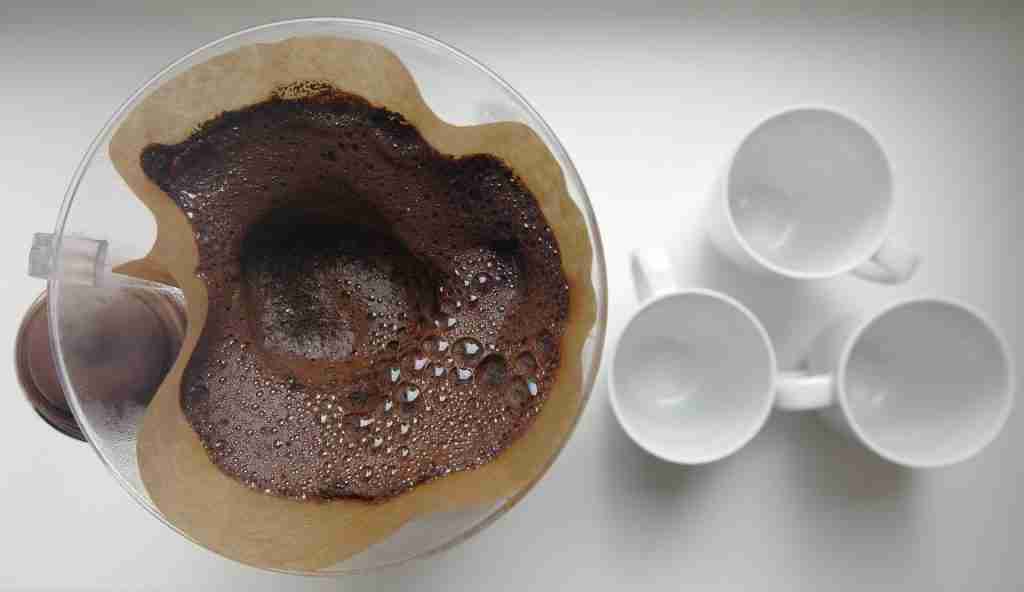
If you are living in a newer house and you know the sink drains pipes are clean you shouldn’t worry too much about pouring your drains into the sink. This is because there is no grease or any materials in your pipes for your coffee grounds to stick to and start building up. Just remember to follow your coffee grounds with a lot of water to thoroughly clean them out of your pipes.
However, if you are living in an older house with drain pipes that are possibly half full of sludge or are draining slowly you should definitely not pour any grounds down the drain. The coffee grounds will be able to build up and clog your drain and prevent any water from getting through. If you’ve brewed drip coffee before, you know how much of a pain that would be.
If you’ve been putting coffee grounds down the drain for a while and think it’s fine, believe me, it’s not. A blockage is coming, it’s just a matter of time if you continue putting coffee grounds in your drains.
What happens to coffee grounds in a garbage disposable?
No, even if you have a garbage disposal you should not put coffee grounds down it. The drain and pipes attached to your garbage disposal are susceptible to getting clogged just like a regular drain.
Just like in a regular drain the coffee grounds will eventually form a thick paste that cannot be washed away.
Even if food can go down a garbage disposal coffee grounds can’t. This is because usually, foods that go down garbage disposal will eventually break down.
This is not true for coffee grounds. When exposed to water coffee grounds actually clump up. And when coffee grounds are dry they tend to stick and can even be affected by static electricity to stick to your drains.
What to do if coffee grounds clog your drain
Luckily it is relatively simple to clear your pipes if they are clogged by coffee grounds. You can actually save money by fixing the problem yourself instead of hiring an expensive plumber to do the work.
Just don’t use store bought drain unblockers. They usually don’t work on coffee grounds. They usually try to dissolve the materials blocking your drain. This is usually grease, and coffee grounds will not get dislodged by the chemicals.
Here are some things you can try to unclog your drain that has been clogged by coffee grounds.
Using a plunger do unclog your sink
If you have a plunger at home you can use it on your sink. Plungers aren’t just for toilets!
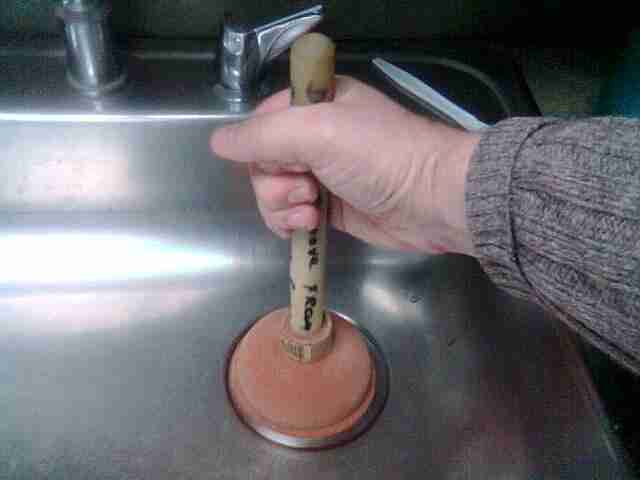
To do this method, your sink has to be clogged to the point where water will not flow through the drain.
Fill the sink with water so the drain hole is submerged by the water. If you have multiple connected drains you should plug your other drain holes. You can do this with a rubber stopper, or any towel or waterproof material that can make a waterproof seal.
Now, vertically hold the plunger above the affected drain, and cover the drain hole, making sure it’s fully covered by your plunger. It’s important to try to get a seal to get the full effect of your plunger. Plunge the sink by pushing your plunger down and then pulling up with the suction multiple times. Continue doing this until the sink drains the water quickly.
Clearing your sink’s P-trap
Most clogs in your sink occur in the P-trap.
This is the U-shaped piece of pipe under your sink. This is the second method you can try if plunging your sink does not work.
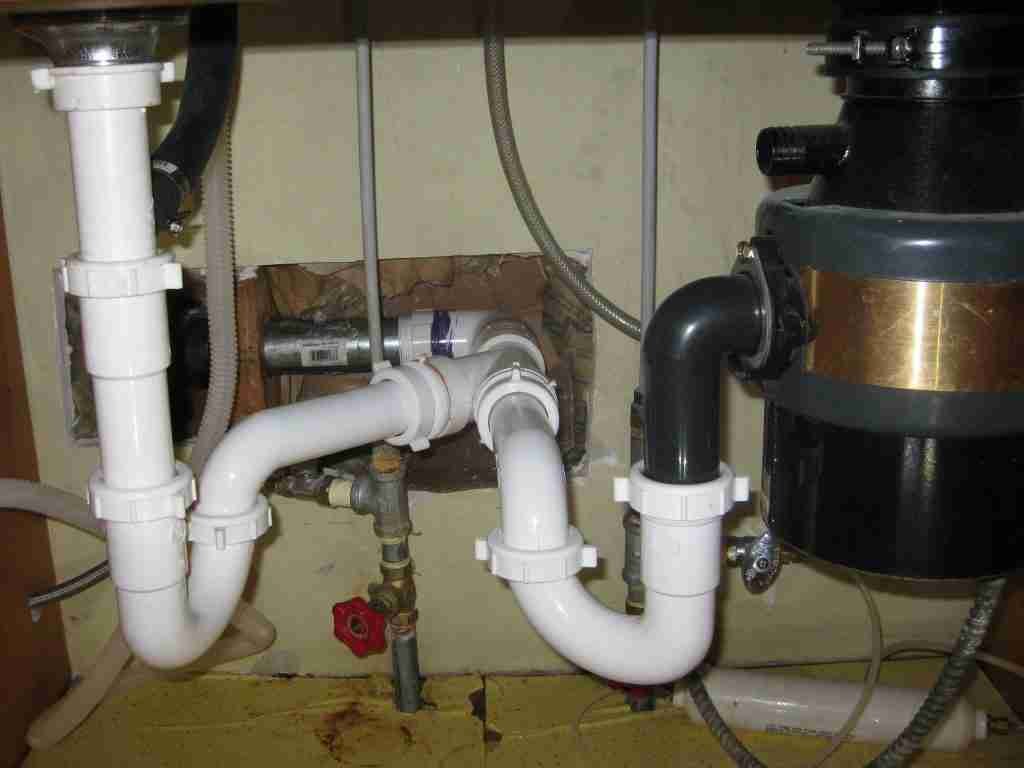
The first step to this method is locating the P-trap. Most likely your grounds will be located in a U-shaped pipe right under your sink basin. Once you find it place a bucket to catch any water or spills that may happen.
Once you have the section of pipe you want to remove look for nuts that you can loosen that connect it to the grain and to your sink. You may need a wrench to loosen these nuts. If you have plastic pipes you should be able to do this with your hands.
Once this piece of pipe is disconnected, insepct the insides and try to remove anything blocking the flow of water.
Aftwards, just reverse the steps and put your P-trap back together!
Use a drain snake to loosen compacted coffee grounds
As a last resort you can use a drain snake to remove any blockages. If you don’t have a drain snake ready at home don’t worry you can actually rent one for a low price. I checked online and found one for rent at a local Home Depot for less than $100.
It was only $27 for 4 hours which should be more than enough time for you to unclog you drain.
All drain snakes are is a long piece of wire that you lower into your sink and it spins and tries to loosen and unclog your drain. To use them just push them into your drain until you feel resistance of you think there may be some thing obstructing you and then trun it on.
They usually rotate and break up any clogs. Thats it!
What to do with your coffee grounds and how to properly dispose of your coffee grounds
Instead of pouring your coffee grounds down the sink you can actually use them for a lot of different things around the house. They have many practical uses and can even be incorporated into your beauty routine.
If you are interested in some creative ways to use your coffee grounds click here to read our article on 20 creative uses for coffee grounds.
If you aren’t interested in learning about different ways to use your coffee grounds you should learn how to correctly dispose of your coffee grounds.
Usually you can just dump your coffee grounds into the trash, but in some special cases you may want a small container with a lid to toss your coffee grounds in.
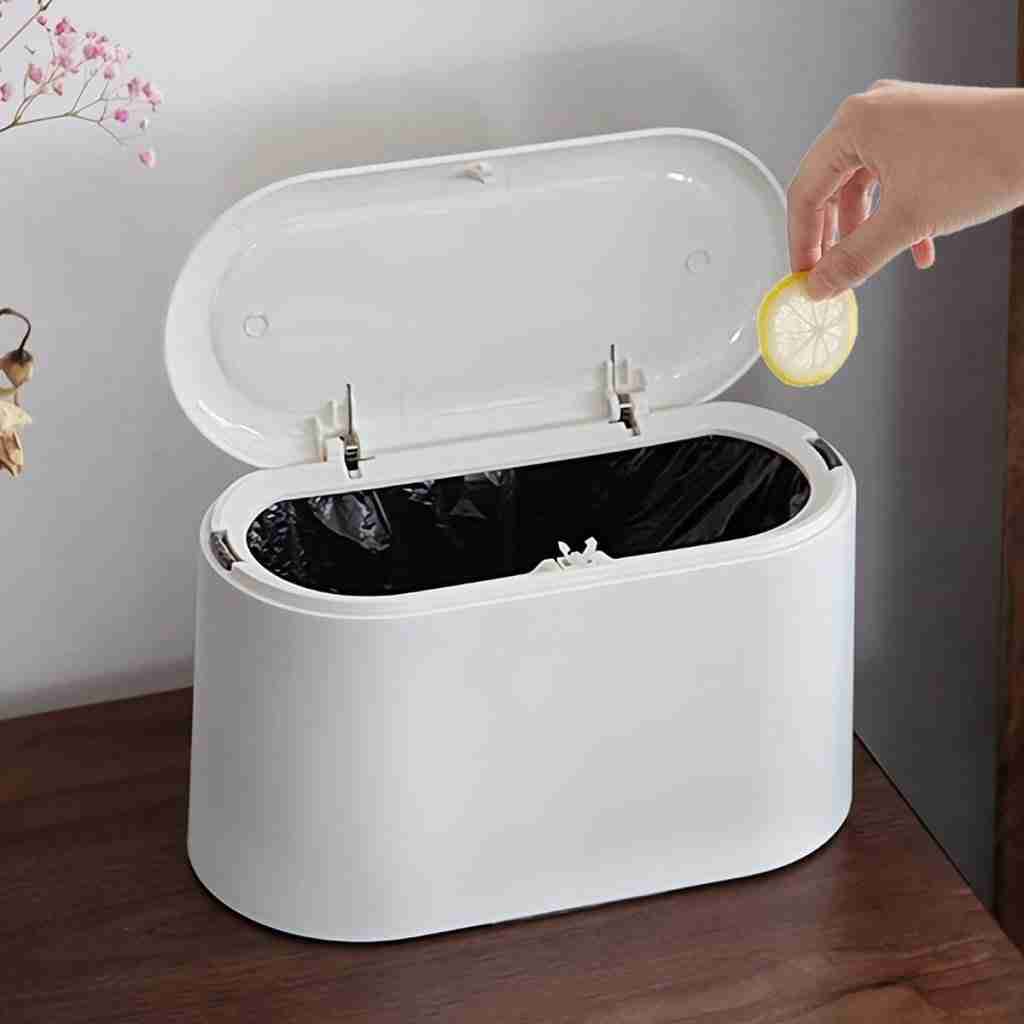
These cases are if you have pets or are afraid of mold.
Coffee grounds are toxic to pets and if your pet has the tendency of getting into your trash you should get a small container with a lid that you can toss your coffee grounds into. Read why pets should not have coffee at this article.
As for the mold, coffee grounds get moldy extremely easily, and if you are sensuitive to spores in the air you will want to have a special covered container for your coffee grounds.

